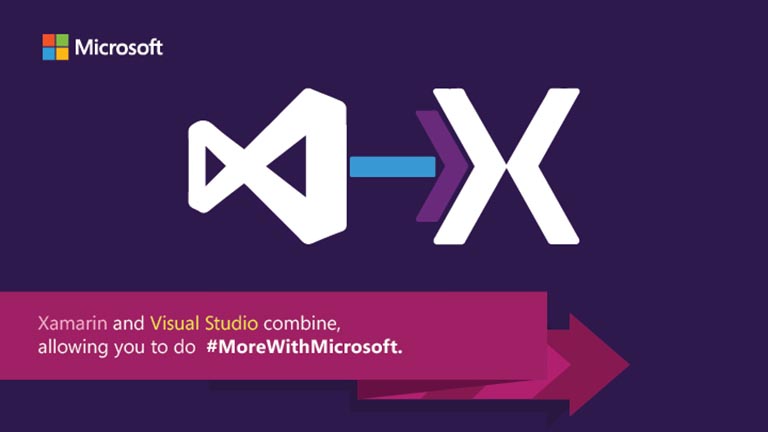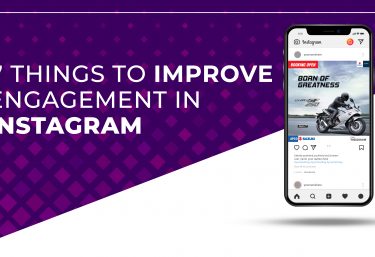If you’re in Silicon Valley these days, you’ll notice that investors and developers alike are mostly conservative about the technologies they use. Most would hire an iOS developer first, followed (if they had enough funding) by an Android and/or a Windows developer. This approach is extremely inefficient, however, and leads to multiple code rewrites: iOS developers use Objective-C; Android developers use Java; Windows developers use C#. They rarely talk to each other, much less participate in code sharing, and this results in apps that are inconsistent across platforms—and usually millions of dollars wasted to support completely separate development branches and technologies. For an effective and consistent development strategy, using a cross-platform technology like Xamarin is the key to productivity. And with the rise of native ahead-of-time (AOT) compilation technologies that translate natively from high-level languages like C# to static code for native platforms, the programming model where separate Android, iOS and Windows developers are needed is becoming a thing of the past.
This is a new direction for traditional apps, but it’s already been successful in other areas, such as gaming. For example, more than half of all 3D games for iOS, Android and Windows are developed with Unity. When you build games in Unity, you mostly develop in C# on a subset of Mono, and that’s not unlike using C# with Xamarin. Unity games run on 20-plus platforms, including Windows, Android, iOS, OS X, Xbox, PlayStation and more. This is a great path to follow for non-gaming apps, and Xamarin provides an excellent platform for doing that






